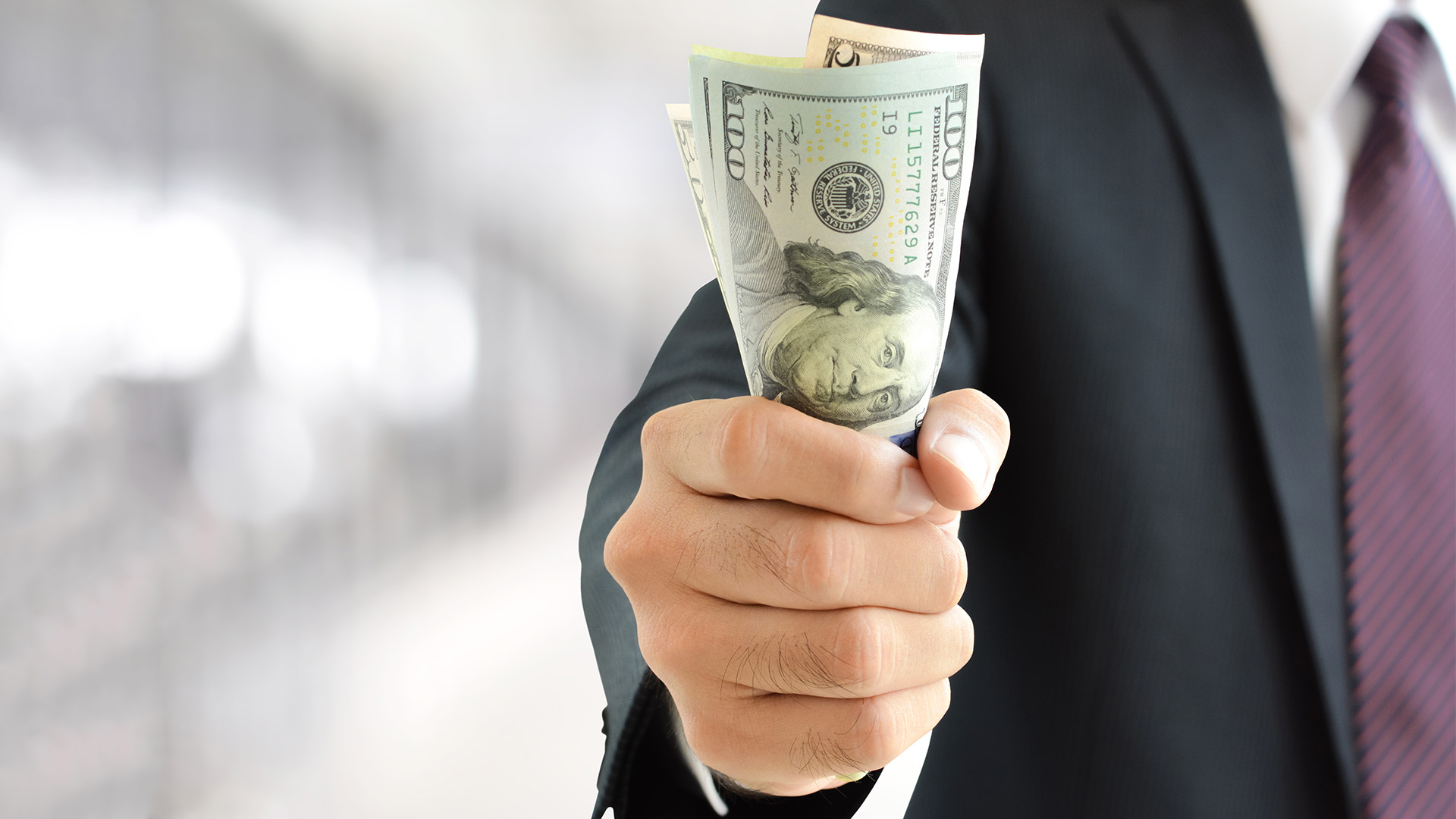Japan’s economy went backwards for the second time in three quarters in the final three months of 2015, confirming why the Bank of Japan went to negative interest rates in late January, but also raising more doubt that the policies of the central bank and the government of Prime Minister Abe will pull the Japanese economy from a barely growing inflationary rut.
Economists said the report was terrible given that it reflected activity that was stronger compared with the first six weeks of 2016 (and the country’s 4th quarter) which have been battered by falling markets and the soaring yen.
The government yesterday reported that GDP fell at an annual rate of 1.4% in the December quarter – larger than the 1.2% contraction forecast. It came after the expansion in the September quarter of 1% was revised up to a new figure of 1.3% (on an annual basis, so there is a strong chance that first year’s report could be revised in the next update.
On a quarter on quarter basis, GDP contracted by 0.4% in the three months to December, against the 0.3% rise in the September quarter and forecasts for a contraction of 0.2%.
The market ignored that and powered upwards, hoping for even more stimulus.
Japan growing nowhere
.png)
It was the biggest contraction since a 2.8% (annual) figure in the September of 2014, that saw the economy dip into recession once again.
Private consumption, which makes up 60% of Japanese GDP, fell 0.8%, more than forecast and a sign that households are not spending, despite a lot of recent hype from the government and the economists that consumers are loosening their purse strings.
Capital expenditure rose 1.4 % annual, much stronger than the 0.2% contraction forecast as business investment rose much more strongly than expected.
That however was the only bright spot in the report.
Domestic demand trimmed GDP by half a percentage point, while external demand, or net exports, added 0.1% due to a decline in the value of imports caused by falling oil prices.
Yesterday’s report showed private demand fell at a seasonally-adjusted annual rate of 2.4% in the December quarter, comprising a 3.3% drop in private consumption and a 3.5% fall in household consumption. Residential investment fell 4.8%,but capital investment jumped 5.7% in the bright spot. there are few of those around for our second biggest export market.













